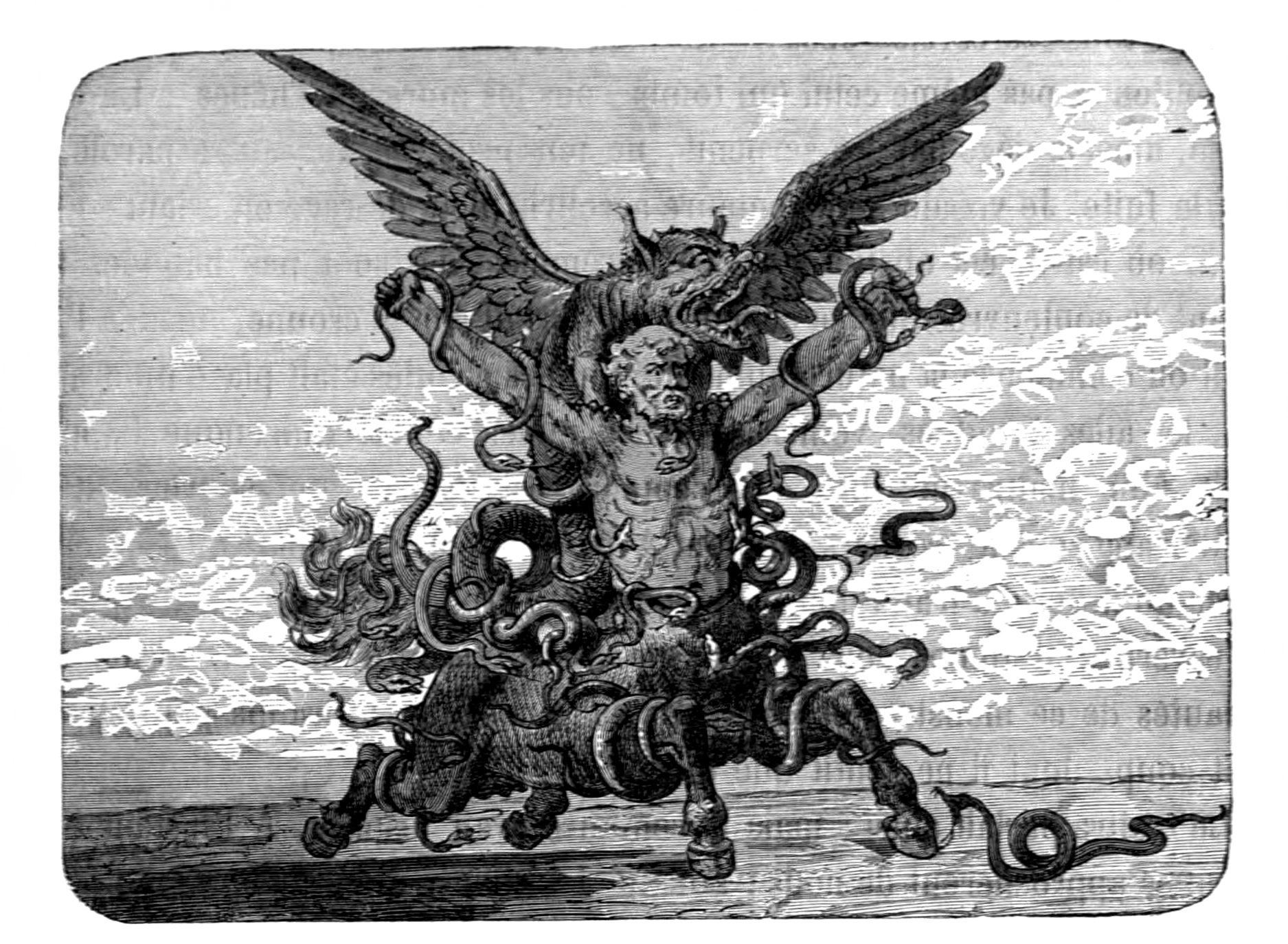


Regarded as The Supreme Poet, Dante's Divine Comedy is considered Italy's most important literary work.ĭante's depiction of the afterlife through the Inferno, Purgatory, and Paradise is one of the most influential pieces of literature in history. However, that is exactly the case with Dante Alighieri. It is hard to imagine that a country as rich in history and culture as Italy could trace a great deal of its heritage back to one single person. With an intimate reading of Blake’s illustrations, and many close-ups to allow the most delicate of details to dazzle, this is a breathtaking encounter with two of the finest artistic talents in history, as well as with such universal themes as love, guilt, punishment, revenge, and redemption.The images that Dante created in his poem have inspired artists and scholars for centuries. Two introductory essays consider Dante and Blake, as well as other major artists who have been inspired by The Divine Comedy, including Sandro Botticelli, Michelangelo, Eugène Delacroix, Gustave Doré, and Auguste Rodin. This TASCHEN edition brings these works together again, alongside key excerpts from Dante’s masterpiece. Today, Blake’s illustrations, left in various stages of completion at the time of his death, are dispersed among seven different institutions. While faithful to the text, Blake also brought his own perspective to some of Dante’s central themes.

Like Dante’s sweeping poem, Blake’s drawings range from scenes of infernal suffering to celestial light, from horrifying human disfigurement to the perfection of physical form. In the last few years of his life, Romantic poet and artist William Blake (1757–1827) produced 102 illustrations for Dante’s masterwork, from pencil sketches to finished watercolors. The epic poem describes Dante’s journey through Hell, Purgatory, and Heaven, representing, on a deeper level, the soul’s path towards salvation. Celebrated around the world as a literary monument, The Divine Comedy, completed in 1321 and written by Dante Alighieri (1265–1321), is widely considered the greatest work ever composed in the Italian language.


 0 kommentar(er)
0 kommentar(er)
